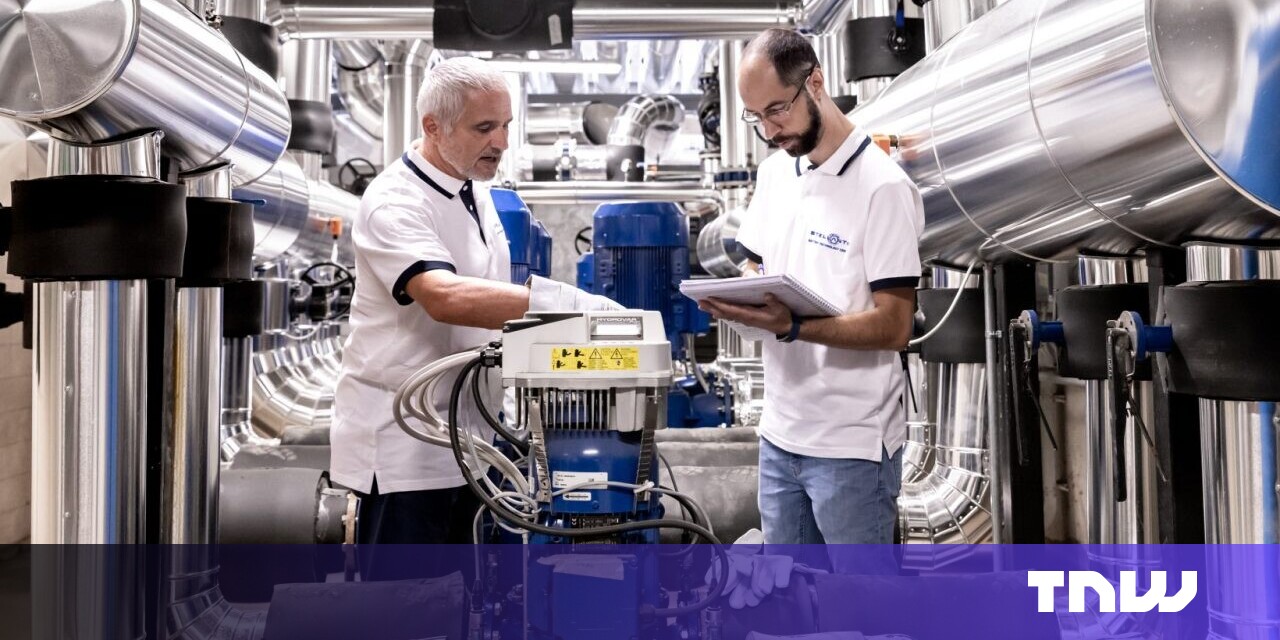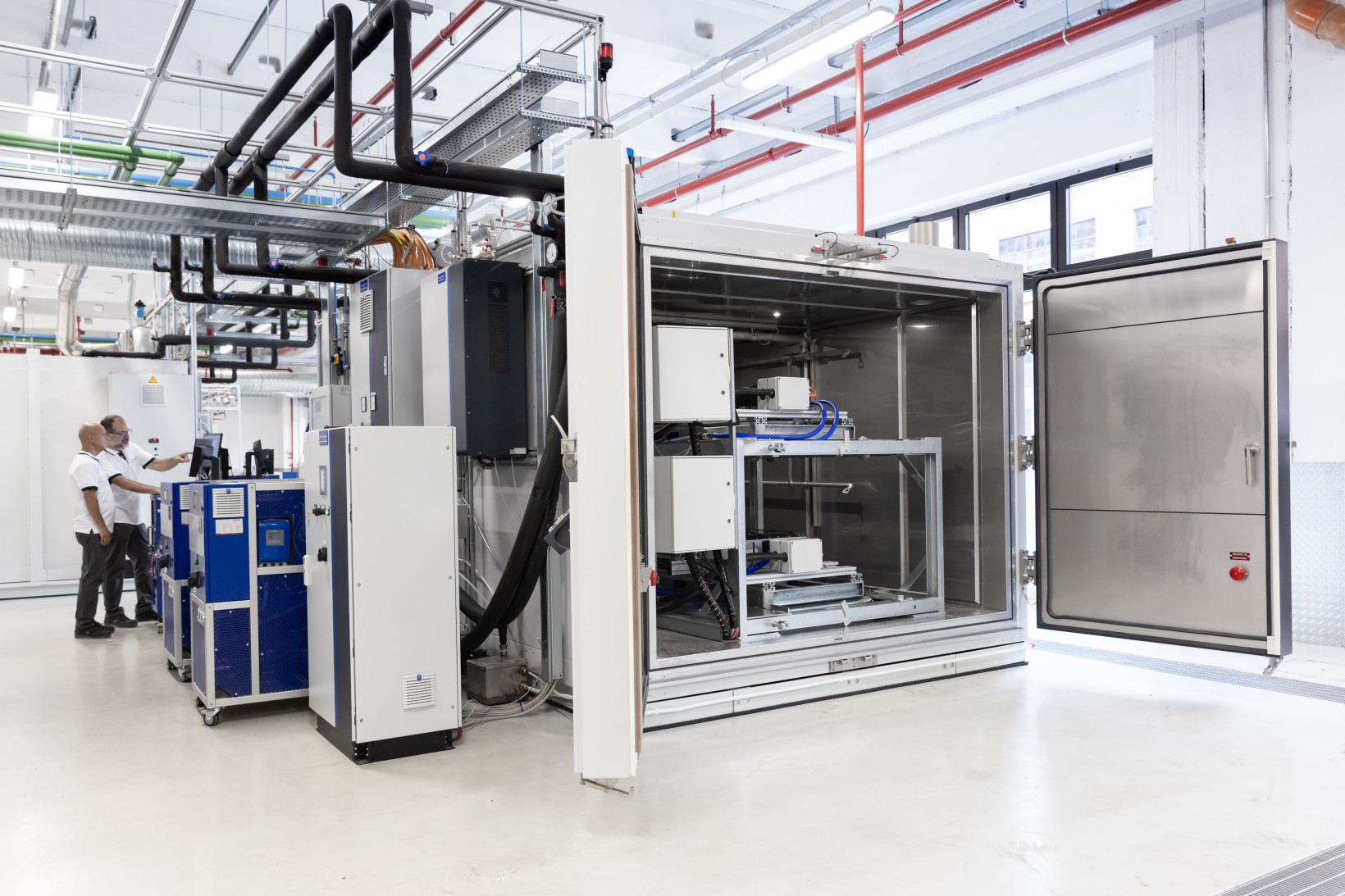
Last week, Stellantis announced it had inaugurated its first, €40mn, battery tech centre in Turin, Italy. This will allow for in-house testing and development of EV battery packs for the company’s upcoming products. The move is part of a plan to expand battery building capacity to 400GWh — and significantly reduce battery weight.
The Mirafiori Battery Technology Centre is 8,000 square metres in total, which makes it the largest battery testing facility in Italy, and one of the largest in Europe. (For reference, the largest, is 12,000 square metres and located in Sandersdorf-Brehna close to Leipzig, Germany.)
Spread over three levels, the site features 32 climatic cells. Of these, 24 are walk-in chambers for testing battery packs (up to 47 in parallel). They can be controlled for humidity and temperature, with a range from -40 to 60°C.
The other eight are for testing cells (capable of testing 96 in parallel). This part of the facility, Stellantis says, will be devoted mainly to “screening innovative battery chemistry and cell behaviour characterisation for future development.”
The Financial Times’ award-winning, flagship digital event, The Global Boardroom, is back!
Join the FT, in partnership with TNW, 8-10 November, as we explore the most effective strategies for growth in the midst of geopolitical, economic and technological disruption →
The new centre employs over 100 people, most of whom are upskilled Stellantis employees. They will oversee climatic stress tests, lifespan durability testing, battery management system (BMS) software development and calibration, etc.

Speaking to Reuters on Friday, Stellantis’ CTO Ned Curic said that the “hard goal” he had set for his team was to have a battery that was 50% lighter by 2030. However, he admitted to having “no idea” what the battery of the future will look like.
“We will have to think about completely new materials, new chemistry, new ways of replacing these heavy, heavy, heavy materials to something much lighter,” Curic stated.
Ambitious battery electric vehicle plans for 2030
Stellantis, which owns Fiat, Peugeot, Chrysler, Citroën, Opel, and Jeep, among others, revealed its new global EV platform, the STLA Medium, in July this year. It is the first of four planned, and is designed to power electric cars, crossovers, and SUVs.
The STLA Medium features up to 500 km WLTP range as standard that can be scaled up to 700 km with a performance pack. Vehicles powered by the 400-volt electric architecture will be able to charge from 20% to 80% charge in 27 minutes, a rate of 2.4 kWh per minute.
According to its Stellantis Dare Forward 2030 strategic plan, the multinational automotive manufacturer hopes to reach a 100% passenger car BEV sales mix in Europe and a 50% passenger car and light-duty truck BEV sales mix in the US by 2030.
Furthermore, the company intends to offer 75 BEV models and reach global sales of five million units by the end of the decade. Ambitious plans indeed, and Stellantis has its work cut out for it if it’s going to match Tesla’s recent dominance.





